


Richard Malena
gamer level 7
16885 xp
16885 xp
followers
59
59
Use my invite URL to register (this will give me kudos)
https://boardgaming.com/register/?invited_by=rmalena
profile badges




recent achievements

Follow a Local Game Store
Follow a local game store. The purpose of following is to get notifications when comments are added to the board.
Follow a local game store. The purpose of following is to get notifications when comments are added to the board.

Reporter Trainee
Earn Reporter XP to level up by completing Reporter Quests!
Earn Reporter XP to level up by completing Reporter Quests!

Pick a Favorite LGS
Go to the Store Locator page, find your favorite local game store (LGS) and click on the Favorite button.
Go to the Store Locator page, find your favorite local game store (LGS) and click on the Favorite button.

Count / Countess
Gain 50 total followers
Gain 50 total followers
Player Stats
Critic (lvl 4)
1595 xp
1595 xp
Explorer (lvl 3)
940 xp
940 xp
Professor (lvl 3)
967 xp
967 xp
Reporter (lvl 2)
321 xp
321 xp
About Me
I've been playing games for far too long, and using games in the classroom for the last three years. My favorite games might have to be cooperative, but I also like the ones with the meeples, and the deck construction... and the puzzle games, or the ones that have RPG elements, and sometimes the wargames, or just the card games, maybe with a draft mechanic... you know, GAMES.

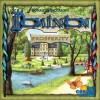

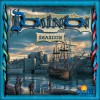
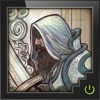

















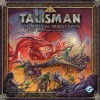
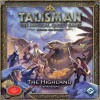
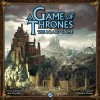





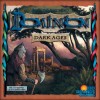

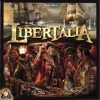

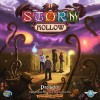
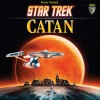










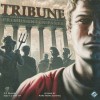




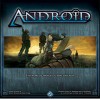

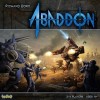


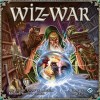




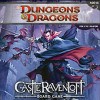












Dungeons & Dragons: Lords of Waterdeep
Wizards of the Coast’s Lords of Waterdeep came as a complete shock to me when I first heard about it. A Euro-style game from my favorite hack-and-slash enablers? I wasn’t really sure they could pull it off. Then again, with the decades of focus they have had creating a variety of mechanics in both Magic and D&D, I shouldn’t have been surprised by how they were able to synthesize the pureness of the Euro gamestyle in a simplistic way that lets you dive right into the fun and entertainment side of things.
I freaking love it.
“What’s there to love?” you may ask. Plenty.
1. Variance. In each game, you play a different Lord of Waterdeep, with a different focus. Some are concerned with matters of Piety and Combat, and others focus on Skullduggery and the Arcane. These distinctions automatically give people different overall goals in the game and limit the possibility that players will be competing for every single quest and placement. Various quest types need different adventurers (what do Fighters know about Piety, anyway?), so players are forced to spread out around the gameboard. There are very few buildings that are of greatest benefit to every player at the same time each round.
In a game like Puerto Rico, if every player decides on a shipping strategy at the beginning, it can be tough for anyone to ship efficiently. In this game, your options are pre-defined. Of course, how you choose to meet your goals is still up to you…
2. Competitiveness. As victory points are given every turn a quest is completed, a player’s score will increase in spurts throughout the game. Which means that “first place” switches hands many times throughout the game. While some players may lag behind, I have yet to see a game where I knew who would win before the end of the final round. Every single time, it takes revealing the Lords of Waterdeep at the end of the game to determine the winner. As long as players are invested in playing the game strategically and efficiently, every game can be a close one.
3. Accessibility. Every single time I teach this game to new players, they play a single round and then hardly ever ask for help again. The actions and goals are so easily defined that people learn this game fast, and are making solid strategic decisions on their own within ten minutes. Last time I played, the newest player won, and I had to fight to take second against some other relatively new players.
4. Fun. The pieces are bright, shiny, and well-designed. Finishing the quests gives you that surge-of-victory feeling multiple times within a single game. Late game, there’s that tension that comes when you silently beg everyone not to put their meeple in the specific spot you want… I could go on and on. This game never ceases to entertain me. There aren’t any times I wish I was off playing something different. I just love it.
Play this game. That’s my end recommendation. Play this game, and then make other people play this game. Especially for those who aren’t familiar with the worker placement genre of games, this is too much fun to miss.